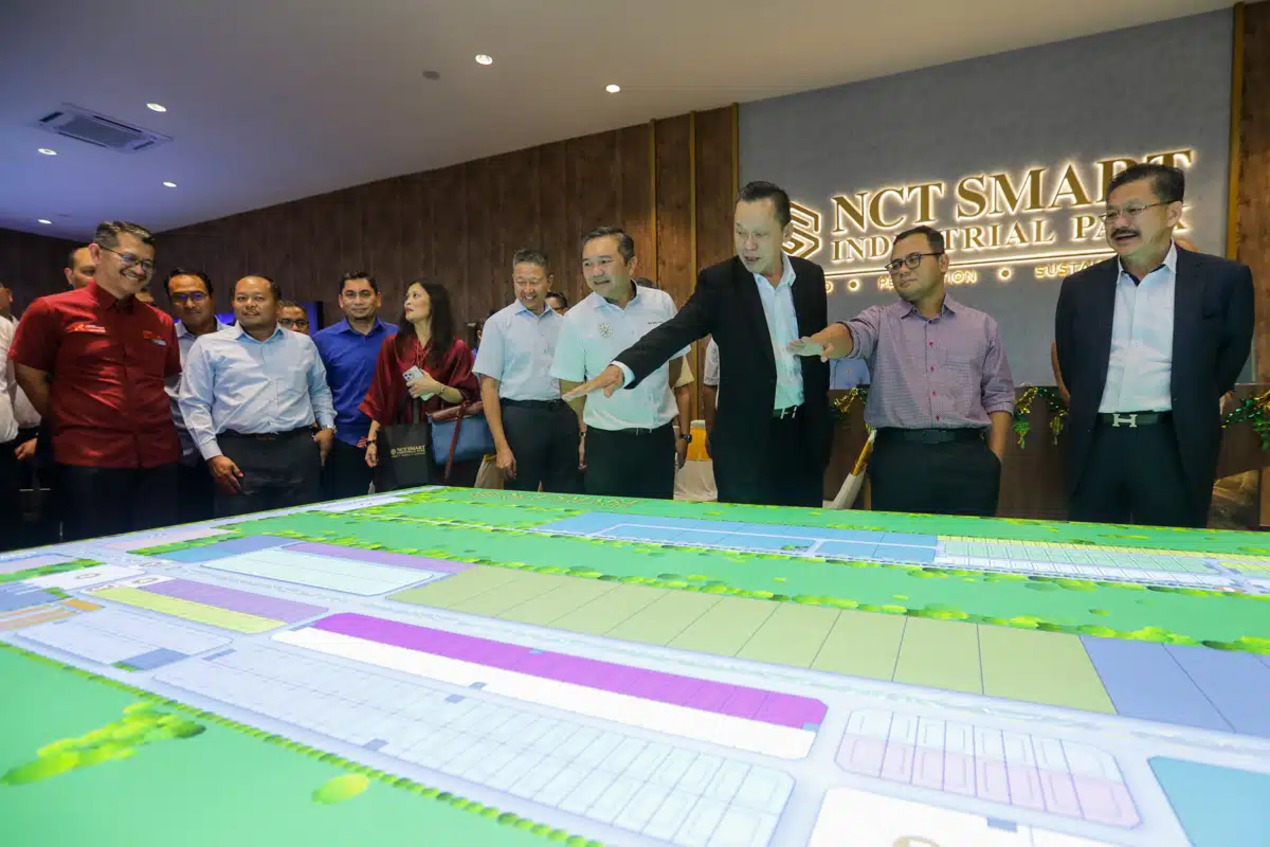OpenGov recently spoke to Mrs. Marsineh Binti Jarmin, Head of the Innovative Technology Cluster (i-IMATEC), National Institute of Public Administration (INTAN) in Malaysia.
We caught up with her following the INTAN Digital Exploration 2015 event. This event was held over the course of two days where public servants would attend a series of sessions relating to technology solutions for the public sector. The event demonstrated how Malaysia’s Public Sector would approach and embrace digital transformation over the next few years.
Marsineh has been working for 2 agencies during 2015. The first 8 months she was Director of Shared Services at MAMPU. In this position, she looked over the services offered by MAMPU and made sure they were of quality service level and working in an efficient manner.
She was also looking over assets relating to unified communications, media projects, the network, data centres, security monitoring, and the government public key infrastructure.
Within her role, she was supporting over 200 agencies, 100,000 users, and 300,000 government unified communication users.
Two key systems she initiated included working to develop the pilot for data leakage protection and Malaysia Trust Mark for the public sector.
Her recent role at INTAN
After leaving MAMPU, Marsineh has since joined INTAN in the last quarter of the year. She is now working to lead her department through digital transformation.
It is crucial for her to lead this transformation because if INTAN is to train the public servants, it must provide them the skills and knowledge of the digital world.
Since being at INTAN, her main foci have been to revamp the training facilities so they meet the need for greater digitisation and mobility.
Marsineh told us, “At INTAN, we are looking to refurbish the facilities, bring in new equipment, and technology will help to improve our service delivery.”
Stepping into her role, Marsineh had reshaped her role to reflect her leadership capabilities. There is a certain degree of change management that she must use when assuming a new post.
She told us that in sharing her aspirations for INTAN and for Malaysia, she has built a formidable following of dedicated civil servants.
Data Analytics to drive Transformation
During our time, we asked Marsineh about how she is using data analytics to evaluate the success of INTAN. Earlier in the day, we had seen examples of how INTAN is using registration data to generate insights on its courses.
“For beyond 2016, digital transformation will be a key forward,” Marsineh stated, “There is a lot of information residing somewhere, and the potential is great for co-creation of new initiatives. We need to demonstrate the value of data analytics to government organisations so that they embrace these solutions as we move into the future.”
She strongly believes that predictive analytics will play a huge role in determining things such as, which industries will need more manpower and how we can better prepare our youth to fill those skills gaps.
Motivated to Accomplish More in 2016
Marsineh told us that she is currently working to finalise plans on how government servants will be trained in 2016.
“I will be focusing on this until the end of the year, do a review of what has been done and what should be done, develop key performance indicators” said Marsineh, “Then we will be able to strategise ourselves to meet the expectation of stakeholders for the Eleventh Malaysia Plan. This is critical.”
Marsineh relayed to us the importance of building a strong team that will be motivated to work hard and meet these ambitious goals set out for them. “To me, as a civil servant, you are a servant of the public. The greatest challenge is to build a strong team to accomplish the goals you are set out to meet,” said Marsineh, “I believe in building connectivity and I need a team that is connected to this cause.”
Marsineh has established a strong and passionate team at INTAN. They are working hard to bring these visions of a more digital Malaysia to life. We expect to see great things from her and her team in the upcoming year.





















